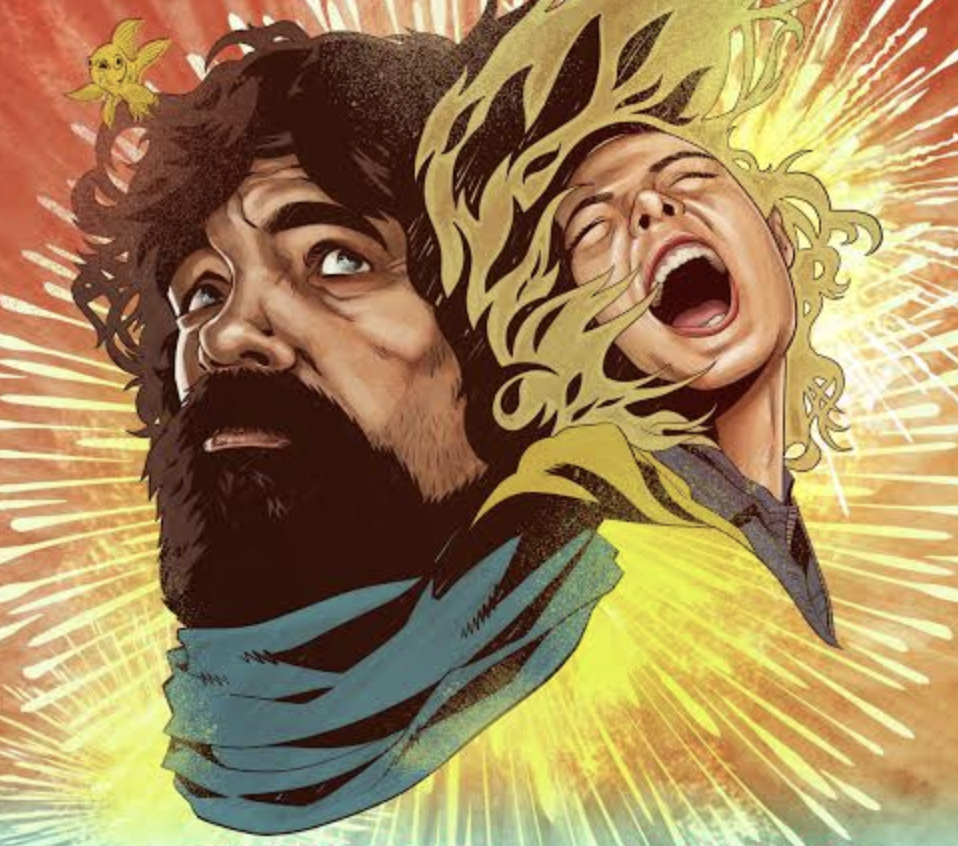Instructor: Carter
M 11:15AM-2:05PM
Course participants learn techniques of narrative analysis while examining films in various genres and historical periods. Early weeks introduce key questions in cinema studies while featuring Larry A. Brown’s book How Films Tell Stories, which tracks how framing, sequencing, editing, sound mixing, and a host of production choices work to sustain viewers’ investment in moving pictures. We enact and critique the methods outlined by Brown while also developing our own approaches to film narrative and putting them to work in four different units. Those units address dystopian films and the specific sociopolitical issues they raise, pairing influential movies from the twentieth century with more recent entries into the genre. The first pairing, Vittorio de Sica’s Bicycle Thieves (1948) and Bong Joon Ho’s Snowpiercer (2013) connects class division and fascist governance across different national contexts. The second pairing, Charles Burnett’s Killer of Sheep (1978) and Boots Riley’s Sorry to Bother You (2018), examines collisions of racism and labor exploitation. Next, we watch Todd Haynes’s Safe (1995) and Jeff Nichols’s Take Shelter (2011), situating them in discourses about environmental deterioration and global heating. Finally, we place Lynne Littman’s Testament (1983) alongside Reed Morano’s I Think We’re Alone Now (2018), analyzing how cinematic storytellers build post-apocalyptic worlds. Class requirements include two articles on dystopian films and a group presentation on scene design.
